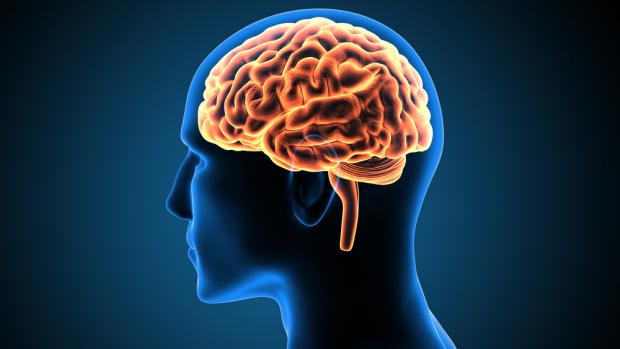
Breaking News
 Wash Post Editorial Board Turns Against Climate Agenda?!
Wash Post Editorial Board Turns Against Climate Agenda?!
 One Year Ago I Predicted and Described in Detail Huge Mars AI Plans that Elon Musk Confirmed...
One Year Ago I Predicted and Described in Detail Huge Mars AI Plans that Elon Musk Confirmed...
 British Teachers To "Spot Misogyny" In Boys And Target Them For Reeducation
British Teachers To "Spot Misogyny" In Boys And Target Them For Reeducation
 Democrats Refuse To Release Post-Mortem Of 2024 Election Loss, DNC Chair Says
Democrats Refuse To Release Post-Mortem Of 2024 Election Loss, DNC Chair Says
Top Tech News
 This tiny dev board is packed with features for ambitious makers
This tiny dev board is packed with features for ambitious makers
 Scientists Discover Gel to Regrow Tooth Enamel
Scientists Discover Gel to Regrow Tooth Enamel
 Vitamin C and Dandelion Root Killing Cancer Cells -- as Former CDC Director Calls for COVID-19...
Vitamin C and Dandelion Root Killing Cancer Cells -- as Former CDC Director Calls for COVID-19...
 Galactic Brain: US firm plans space-based data centers, power grid to challenge China
Galactic Brain: US firm plans space-based data centers, power grid to challenge China
 A microbial cleanup for glyphosate just earned a patent. Here's why that matters
A microbial cleanup for glyphosate just earned a patent. Here's why that matters
 Japan Breaks Internet Speed Record with 5 Million Times Faster Data Transfer
Japan Breaks Internet Speed Record with 5 Million Times Faster Data Transfer
 Advanced Propulsion Resources Part 1 of 2
Advanced Propulsion Resources Part 1 of 2
 PulsarFusion a forward-thinking UK aerospace company, is pushing the boundaries of space travel...
PulsarFusion a forward-thinking UK aerospace company, is pushing the boundaries of space travel...
 Dinky little laser box throws big-screen entertainment from inches away
Dinky little laser box throws big-screen entertainment from inches away
 'World's first' sodium-ion flashlight shines bright even at -40 ºF
'World's first' sodium-ion flashlight shines bright even at -40 ºF
Scientists on Quest to Decode the Human Brain – And Read People's Minds

For the first time, the thoughts and impressions of people unable to communicate with the outside world were translated into continuous natural language, using a combination of artificial intelligence (AI) and brain imaging technology.
This is the closest science has yet come to reading someone's mind. While advances in neuroimaging over the past two decades have enabled non-responsive and minimally conscious patients to control a computer cursor with their brain, HuthLab's research is a significant step closer towards accessing people's actual thoughts. As Alexander Huth, the neuroscientist who co-led the research, told the New York Times: "This isn't just a language stimulus. We're getting at meaning – something about the idea of what's happening. And the fact that's possible is very exciting."
Combining AI and brain-scanning technology, the team created a non-invasive brain decoder capable of reconstructing continuous natural language among people otherwise unable to communicate with the outside world. The development of such technology – and the parallel development of brain-controlled motor prosthetics that enable paralyzed patients to achieve some renewed mobility – holds tremendous prospects for people suffering from neurological diseases including locked-in syndrome and quadriplegia.
In the longer term, this could lead to wider public applications such as Fitbit-style health monitors for the brain and brain-controlled smartphones. On January 29, Elon Musk announced that his Neuralink tech startup had implanted a chip in a human brain for the first time. He had previously told followers that Neuralink's first product, Telepathy, would one day allow people to control their phones or computers "just by thinking".
But alongside such technological developments come major ethical and legal concerns. It's not only privacy but the very identity of people that may be at risk. As we enter this new era of so-called mind-reading technology, we will also need to consider how to prevent its potential to help people being outweighed by its potential to do harm.



